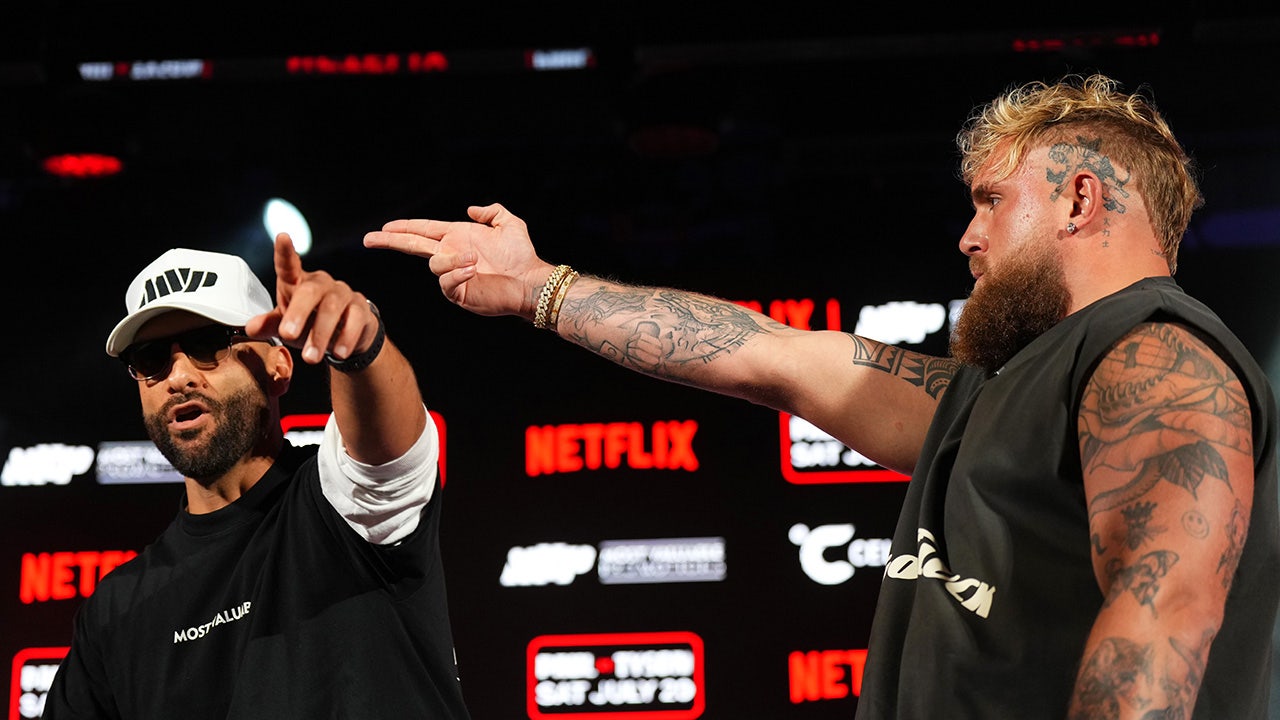This article is part of ATN’s DISRUPT 2024 video series, featuring can’t-miss conversations with the biggest executives in fitness and wellness. To watch DISRUPT content, click here
Gyms and health clubs may have a golden opportunity to position themselves as key players in the global data race thanks to the large amounts of health information they collect on their members, one fitness industry executive believes.
Speaking during ATN’s DISRUPT 2024 video series, Anytime Fitness global president Stacy Anderson presented her case for why fitness brands are well-positioned to work with healthcare organizations, corporate wellness platforms and similar organizations to influence large-scale health outcomes.
In the panel, “Numbers Game: How Data Analytics Can Transform Your Gym,” Anderson sat down with ClubOS director of customer Success Kristen Coy to discuss this topic and more, including how gyms should use data to improve operations and how the rise of artificial intelligence (AI) can make the industry faster and smarter.
Data Is Gold
Anderson believes gyms, health clubs and other fitness brands are strategically positioned to become key players in the global healthcare ecosystem thanks to the massive amount of important data they collect from members.
“People will give us more information than just about any other industry I can think about,” the Anytime Fitness president said.
“(That’s) going to open incredible doors, not just to (attracting) more members but to healthcare benefits to workplace wellness to programs that actually get the fitness industry out of the … ‘bro-show’ era that we lived in for 30 years and into a more science, medical (and) holistic health-based space,” she added.
Anderson sees a future where fitness brands work hand in hand with health insurance companies to harness health data.
“Imagine if a proactive insurance provider had a partner in an industry that could say we actually can help predict health outcomes,” she said. “It becomes incredibly, incredibly powerful. I’ve never been more excited to be in this industry than I am right now.”
Anderson also wants to see the fitness industry collectively do a better job at aggregating and presenting its own data, although she notes some initial work is already underway on this front.
“I come from retail, and in retail, you live and die by SKU data,” Anderson, a former Best Buy executive, said. “So when I came to this industry (I) realized, I don’t really even have a great sense of market share unless I create that proxy to get it.”
Anderson is calling on organizations like the Health & Fitness Association (HFA) and the International Franchise Association (IFA) to continue working to collect industry-wide data and present that data in helpful ways.
“Those are really important roles that those organizations can play to really start to aggregate that data and give us a better visualization,” she said.
Numbers Don’t Lie: Using Data to See the Truth
On the operational side, Coy of ClubOS notes that data can be a powerful tool in helping gyms and clubs better understand what’s really going on with their members.
While data often helps gym owners “confirm (their) suspicions” about things they see going wrong in their business, numbers can also help savvy operators unearth problems they didn’t know existed, Coy noted.
“I think the most exciting part (is) when you’re looking at your data and you see trends that you’re not expecting,” she said.
Coy gave the example of a gym looking at membership sale trends and noticing that 95% of its premium memberships were sold inside the club rather than digitally.
“That’s going to help you point towards, ‘Hey, I need to do some creative’ or some critical thinking of, ‘Why is that?’ So you take a look at your website, you notice that you’re always defaulting to your basic membership and it’s not easy to get to your premium (membership),” she said, offering an example. “Then you can explore from there” and make changes.
Data – provided it’s housed inside an effective software platform – can also help operators recognize when their members are more likely to churn, spurring action before it’s too late.
“If there’s a big spike in cancellations at the end of the summer, maybe (operators) should start engaging those members throughout the summer to try to prevent that attrition,” Coy said.
AI Can Turbocharge Insights
To make more sense of their data, gyms should leverage AI, Coy advises. As AI becomes more and more advanced, it will be able to help operators recognize patterns that can alert them to inflection points in the member journey, like a probable cancellation.
“We can provide that data to you, but it’s going to take a human to read through thousands of lines of different members to see what’s causing them to cancel,” Coy noted. “AI can do that much, much quicker. (AI) can go through thousands of your members, look for patterns of behaviors and spit that back out to you to let you know, ‘If you see this, if you see (members) decrease their check-ins by 10% and then 20%, that’s going to be a sign of behavior to cancel.’”
Anderson is equally bullish on the future of AI, and she’s calling on the entire fitness industry to embrace it.
“Things that take us an hour to do today will take minutes, seconds, nano-seconds, to do in the future,” she said. “So I think it’s just really important that as all this progresses, that (operators and staff) just step in and start to learn. At the very least, go into ChatGPT, there are free tools.”
“You’ve got to take a step forward or you will be … left behind,” Anderson cautioned.










